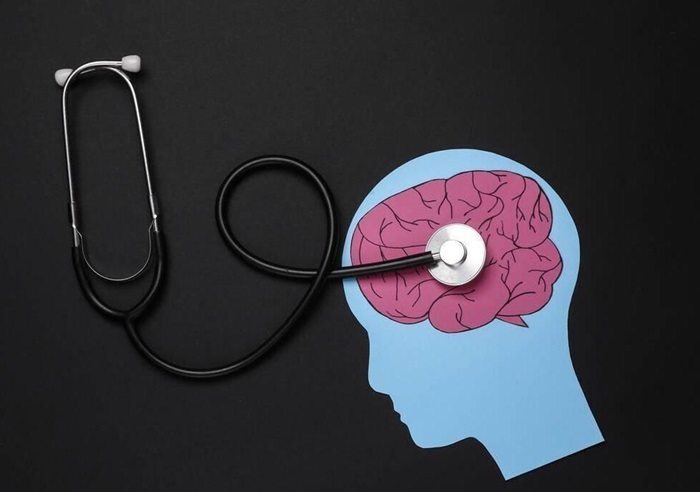A new study helps explain how our brain manages to remember important information while juggling several things at once.
Researchers discovered that when our brain is handling more than one task, it gives more attention and memory power to what’s most important. Two key areas of the brain—the visual cortex and the frontal cortex—work together to make this happen.
The study, led by Hsin-Hung Li, assistant professor of psychology at The Ohio State University, was published in Science Advances. It involved volunteers trying to remember the locations of two dots shown briefly on a screen.
Participants were told that one of the dots was more important to remember than the other. After a short wait, they were asked to recall where one of the dots had appeared—usually the more important one.
The results showed that the brain remembered the high-priority dot more precisely than the less important one. Brain scans using fMRI technology showed that the visual cortex formed images of the two dots, but the high-priority dot was stored with clearer detail.
“Very often when you try to remember multiple things, one item might be more important than another,” said Li. “What we found is that the more important item is represented in the brain more precisely, while the less important item is given much lower resolution.”
The scans also revealed that the frontal cortex helped the brain decide how much attention to give each dot. It acted like a manager, telling the visual cortex how many mental resources to use for each item.
This finding helps solve a long-running debate in neuroscience: Which part of the brain controls short-term visual memory? This study shows both the visual and frontal cortexes are involved—but in different ways. The visual cortex creates the image, and the frontal cortex decides which image gets more mental space.
Another important part of the study was that it looked at how people remember more than one item at the same time, instead of just focusing on a single object. This is closer to how we use memory in everyday life.
“This is a very useful technique,” said Li. “There are many situations in which people try to hold more than one thought in mind, and it’s important to be able to study how the brain handles that.”
Li conducted the research while at New York University, where he earned his PhD and worked as a postdoctoral researcher. The study was supported by the National Institutes of Health and other scientific grants. Co-authors included researchers from NYU and the University of California, Santa Barbara.
This new insight could help scientists better understand how the brain deals with distractions and how it chooses what’s most important to remember.
Related topics:
- Screens and Myopia: How Daily Device Use Could Harm Your Eyes
- Home Light Therapy Offers New Hope for Psoriasis Patients
- 12 Whole Grains That Can Help You Lose Weight


